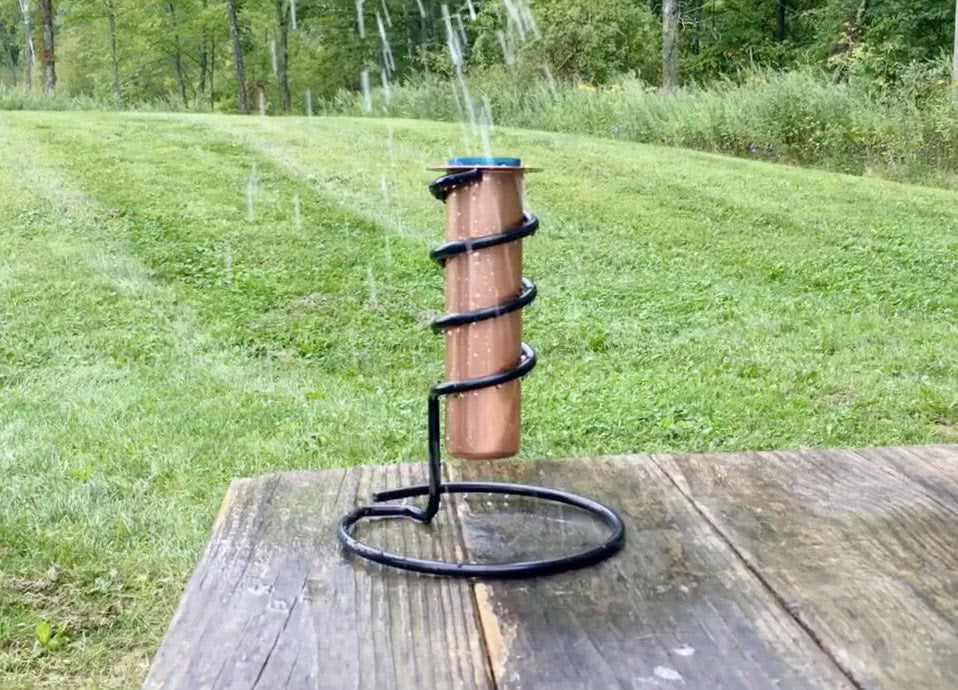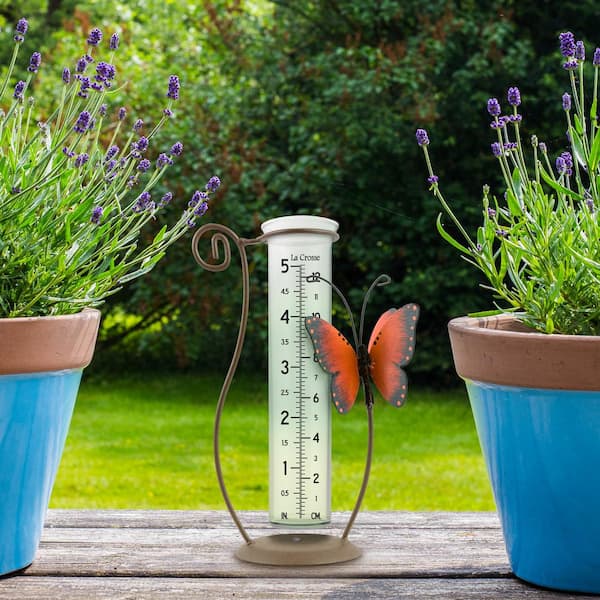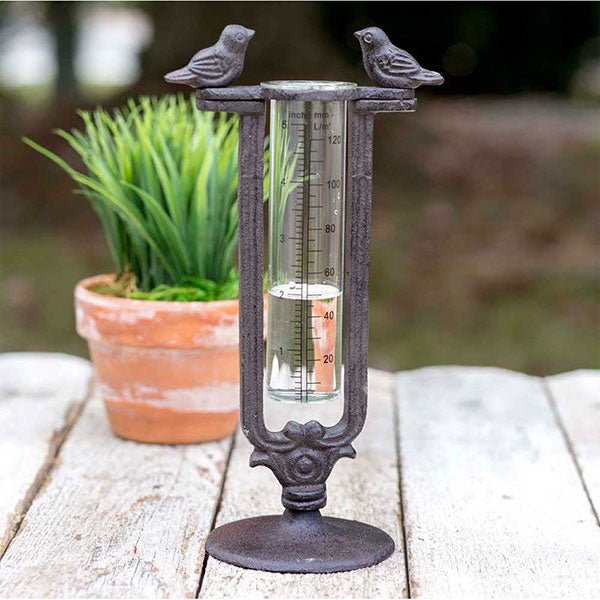The Rain Gauge: Deciphering Rainfall Patterns and Enhancing Weather Awareness
Wiki Article
Exactly How to Pick the Right Rain Scale for Accurate Rainfall Data
Exact rainfall information is essential for different markets and tasks, such as water, farming, and meteorology source monitoring. To acquire trustworthy measurements, it is necessary to select the ideal rain gauge. This guide intends to supply useful insights into the choice process, enabling you to make educated choices. Considering aspects such as location, type, and accuracy of the rain gauge will certainly help make certain exact data collection. Furthermore, recognizing the upkeep and calibration procedures will add to the longevity and dependability of your rainfall gauge. By complying with these standards, you can guarantee precise rains information, allowing far better decision-making and preparation for various applications.Relevance of Picking the Right Rainfall Scale
The value of picking the right rain gauge hinges on getting trustworthy and accurate rainfall information for exact atmospheric analysis. Rain data is vital for a variety of applications, including climate projecting, hydrological modeling, and climate research. Unreliable or unreliable information can cause incorrect verdicts and flawed decision-making procedures.
Second of all, the accuracy and accuracy of the rain scale are vital. The gauge must be able to determine rainfall with high precision, catching also small quantities of rainfall precisely.
Moreover, the area and installment of the rain gauge are essential considerations. It should be put in an open location, far from obstructions that can influence rainfall dimensions. The scale ought to be positioned at an appropriate height and angle to stay clear of splashing and ensure appropriate catchment of rain.
Factors to Think About When Choosing a Rainfall Gauge
When choosing a rainfall gauge, there are numerous essential aspects to consider. There are various types offered, including standard rain assesses, tipping bucket rain gauges, and evaluating rain assesses.An additional aspect to think about is the product of the rain scale. Rainfall evaluates can be made from different products, such as plastic, metal, or glass. The product selected must be resilient and immune to weather conditions, ensuring that the rainfall scale will withstand the aspects and provide precise measurements gradually.
Accuracy is likewise an important factor to think about. Look for rain assesses that have actually been adjusted and examined for accuracy. Features such as anti-splash rings and funnels can additionally boost the accuracy of the dimensions.

Lastly, consider the climate and setting in which the rainfall gauge will be utilized. Various rain gauges are appropriate for different climates, so it is crucial to pick one that is appropriate for the problems in your area.
Various Kinds of Rainfall Evaluates Available
To even more check out the elements to take into consideration when selecting a rain gauge, it is crucial to understand the various types of rainfall assesses readily available. The most common kind is the common rainfall gauge, additionally recognized as the cylindrical rain scale.Another kind of rainfall gauge is the tipping bucket rainfall scale. As the rain falls right into the scale, it loads up one side of the pail, creating it to tip and clear the water.
A 3rd type of rainfall here gauge is the weighing rainfall scale. As the rainfall drops into the scale, it is collected in a container connected to an equilibrium.
Finally, there are additionally remote rainfall assesses that use advanced modern technology to determine rains (The Rain Gauge). These gauges usage sensing units and transmitters to send information wirelessly to a main device. Remote rain evaluates are hassle-free for checking rainfall in hard-to-reach areas or for massive information collection
Just How to Determine the Precision of a Rain Gauge
One method to evaluate the precision of a rain gauge is by carrying out regular calibration dimensions. Calibration involves contrasting the analyses of a rain gauge to a common dimension, such as a licensed rainfall scale or a climate station with high precision. By contrasting the measurements, any kind of discrepancies or errors in the rainfall gauge can be determined and accounted for.To carry out a calibration measurement, begin by gathering rainfall data from both the rain scale and the typical measurement tool over a particular time look at this web-site duration, such as a month. Contrast the analyses and determine the distinction between them. This distinction is called the calibration error.
It is essential to note that calibration dimensions need to be performed on a regular basis, as environmental aspects, such as wind, temperature, and debris, can influence the precision of the rainfall gauge over time. By conducting normal calibrations, any modifications in the precision of the rain gauge can be discovered and changes can be made appropriately.
Along with calibration, it is also suggested to tidy and maintain the rainfall gauge on a regular basis to guarantee its accuracy. Remove any type of particles or blockages that might impact the accuracy of the measurements, and look for any kind of indicators of damages or wear that may call for fixings or replacement.
Tips for Maintaining and Calibrating Your Rain Gauge
Regular maintenance and calibration are crucial for making sure the accuracy and integrity of your rain gauge in measuring rains information (The Rain Gauge). By following a few straightforward pointers, you can guarantee that your rain scale is effectively preserved and adjustedFirstly, it is necessary to clean your rainfall gauge on a regular basis to stop any type of debris or dirt from blocking the rainfall collection device. Make use of a mild cleaning agent and a soft brush to carefully clean up the within and beyond the gauge. Rinse it extensively with tidy water and enable it to dry entirely before re-installing it.
Second of all, it other is suggested to calibrate your rain gauge at least when a year. Calibration entails comparing the dimensions of your rain gauge with those of a relied on and exact recommendation scale. This will certainly assist you recognize and correct any type of prospective mistakes in your rain scale's dimensions.
To calibrate your rain scale, gather a recognized quantity of water making use of a determining container and contrast it with the dimensions tape-recorded by your rain scale. Change the readings as necessary to make sure precision.

Verdict
Finally, picking the appropriate rainfall gauge is crucial for getting accurate rains information. When selecting a rain scale, elements such as location, budget plan, and objective ought to be considered. There are numerous types of rain assesses available, each with their very own advantages and constraints. It is necessary to routinely maintain and adjust your rain scale to ensure its accuracy. By adhering to these guidelines, exact rains data can be obtained for different applications.There are different types available, including common rainfall assesses, tipping bucket rain evaluates, and weighing rain assesses.To additionally explore the aspects to consider when choosing a rainfall scale, it is vital to recognize the various types of rainfall assesses offered. The most usual kind is the basic rainfall scale, also recognized as the round rain gauge.An additional type of rain gauge is the tipping bucket rainfall scale. Calibration includes comparing the readings of a rainfall scale to a standard dimension, such as a qualified rainfall scale or a weather station with high precision.
Report this wiki page